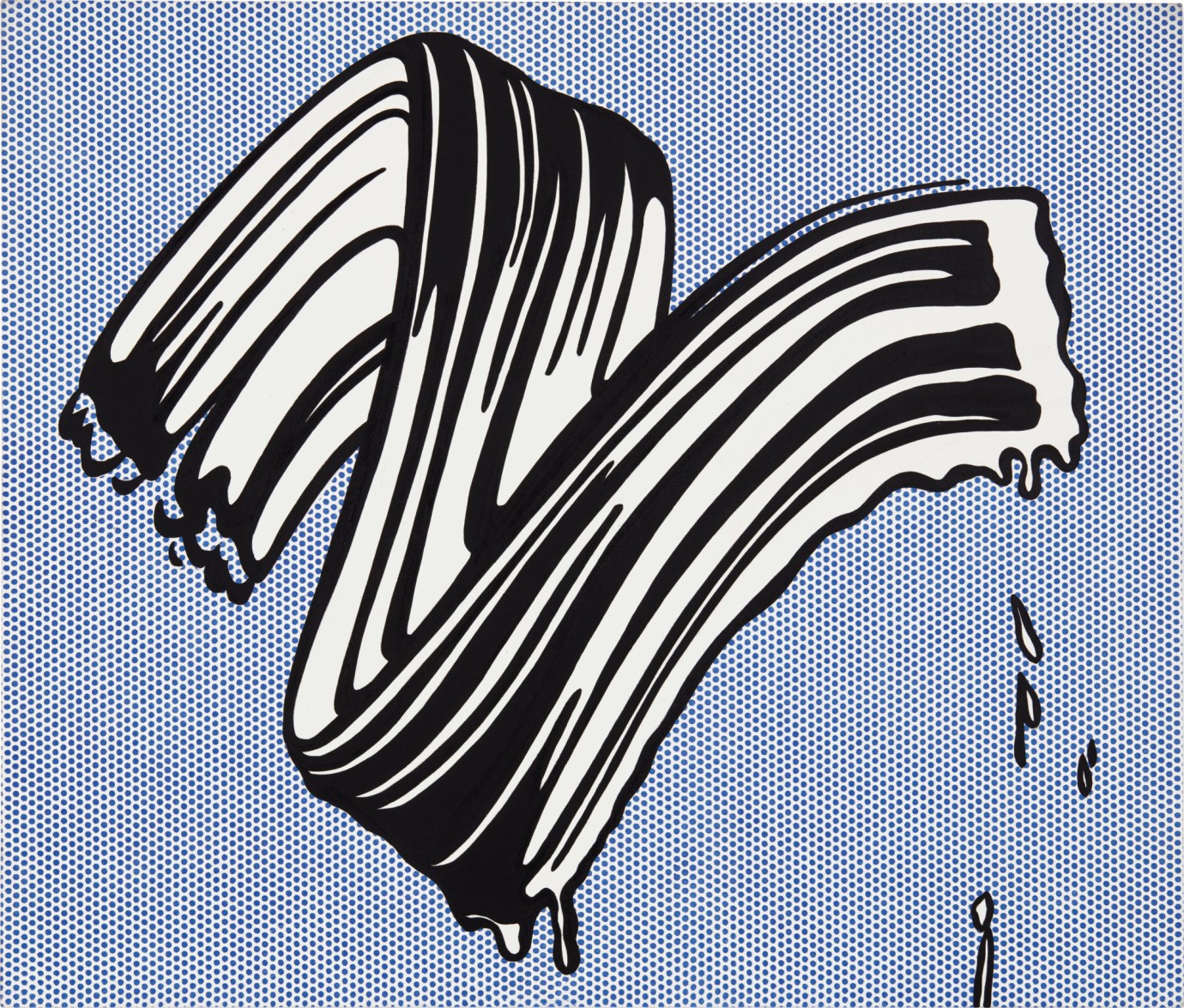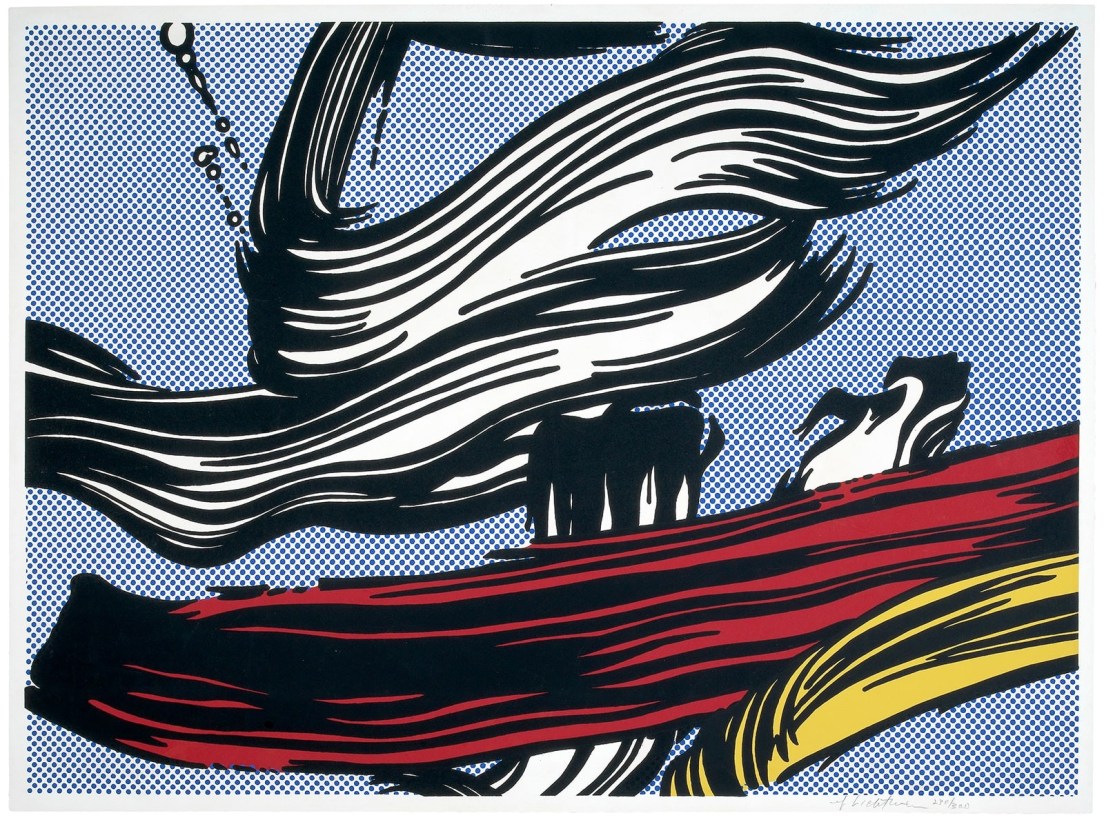Create Pop Art Masterpieces With Lichtenstein Brush Stroke: Unleash Your Inner Artist Now!
Lichtenstein Brush Stroke: The Pop Art Movement
Lichtenstein Brush Stroke is a unique technique that is often associated with the Pop Art movement. This technique was popularized by the American artist Roy Lichtenstein, who was known for his use of bold colors, comic book-style imagery, and Ben Day dots. Lichtenstein Brush Stroke is a technique that involves painting crude and sketchy lines to create a sense of movement and energy in a piece of art. In this article, we will explore the history, techniques, and styles of Lichtenstein Brush Stroke, and how it has influenced the art world.
What is Lichtenstein Brush Stroke?
Lichtenstein Brush Stroke is a technique that involves the use of rough, sketchy lines to create the illusion of movement and energy in a piece of art. This technique is often associated with the Pop Art movement, which emerged in the 1950s and 1960s as a response to the commercialization of art and the rise of consumer culture. Pop Art artists like Roy Lichtenstein used popular imagery and techniques to comment on the mass production and commercialization of art.
2 Picture Gallery: Create Pop Art Masterpieces With Lichtenstein Brush Stroke: Unleash Your Inner Artist Now!


Who is Roy Lichtenstein?
Roy Lichtenstein was an American artist who is known for his use of comic book-style imagery, bold colors, and Ben Day dots. He was born in New York City in 1923 and studied at the Art Students League and Ohio State University. Lichtenstein’s work is often associated with the Pop Art movement, which emerged in the 1950s and 1960s as a response to the commercialization of art and the rise of consumer culture. Lichtenstein’s work often featured popular imagery from comic books and advertisements, and he used techniques like Lichtenstein Brush Stroke to create a sense of movement and energy in his pieces.
When and Where was Lichtenstein Brush Stroke popularized?

Lichtenstein Brush Stroke was popularized in the 1960s as part of the Pop Art movement. This movement emerged in the United States and the United Kingdom in the 1950s and 1960s as a response to the commercialization of art and the rise of consumer culture. Pop Art artists like Roy Lichtenstein used popular imagery and techniques to comment on the mass production and commercialization of art. Lichtenstein Brush Stroke was one of the many techniques that emerged during this time, and it became a signature style of Lichtenstein’s work.
Why is Lichtenstein Brush Stroke important?
Lichtenstein Brush Stroke is important because it is a unique technique that helped to define the Pop Art movement. This technique involves the use of rough, sketchy lines to create a sense of movement and energy in a piece of art. Lichtenstein Brush Stroke was one of the many techniques that emerged during the Pop Art movement, and it helped to create a style of art that was accessible and relatable to a wide audience. Lichtenstein’s work, which often featured popular imagery from comic books and advertisements, helped to blur the line between high art and popular culture.
How is Lichtenstein Brush Stroke executed?
Lichtenstein Brush Stroke is executed by using a brush to create rough, sketchy lines on a surface. This technique is often used to create the illusion of movement and energy in a piece of art. Lichtenstein Brush Stroke can be used to create a variety of effects, from subtle texture to bold, energetic lines. To execute Lichtenstein Brush Stroke, artists typically use a variety of brush sizes and pressures to create a range of line widths and textures. This technique is often used in conjunction with other techniques, like Ben Day dots, to create a distinctive style.
What are the styles of Lichtenstein Brush Stroke?

Lichtenstein Brush Stroke can be used to create a variety of styles, from subtle texture to bold, energetic lines. Some artists use this technique to create a sense of movement or energy in their pieces, while others use it to create texture or depth. Lichtenstein Brush Stroke is often used in conjunction with other techniques, like Ben Day dots, to create a distinctive style.
What materials are required for Lichtenstein Brush Stroke?
Lichtenstein Brush Stroke requires a brush and a surface to paint on. Artists typically use a variety of brush sizes and pressures to create a range of line widths and textures. The surface can be anything from canvas to paper to wood. Some artists use acrylic or oil paints, while others use markers or pens.
What are the benefits of using Lichtenstein Brush Stroke?
Lichtenstein Brush Stroke can be a fun and creative way to add texture and movement to a piece of art. This technique is often used to create a sense of energy or motion, which can help to make a piece of art more dynamic and engaging. Lichtenstein Brush Stroke is also a great way to experiment with different brush sizes and pressures, which can help to develop an artist’s skills and techniques.
What are the disadvantages of using Lichtenstein Brush Stroke?
Lichtenstein Brush Stroke can be a challenging technique to master, especially for beginners. It requires a lot of practice and experimentation to learn how to create the right balance of line widths and textures. Additionally, Lichtenstein Brush Stroke can be a time-consuming technique, as it often involves creating a large number of lines to create a sense of movement or energy.
What is the price range for Lichtenstein Brush Stroke art?
Lichtenstein Brush Stroke art can range in price depending on the size, materials, and complexity of the piece. Some pieces may be sold for thousands of dollars, while others may be more affordable. The price of Lichtenstein Brush Stroke art can also be influenced by the artist’s reputation and popularity.
Conclusion
Lichtenstein Brush Stroke is a unique technique that helped to define the Pop Art movement. This technique involves the use of rough, sketchy lines to create a sense of movement and energy in a piece of art. Lichtenstein Brush Stroke was popularized by the American artist Roy Lichtenstein, who used this technique to create his signature style. Lichtenstein’s work helped to blur the line between high art and popular culture, and his use of Lichtenstein Brush Stroke helped to create a style of art that was accessible and relatable to a wide audience. Whether you are a seasoned artist or a beginner, experimenting with Lichtenstein Brush Stroke can be a fun and creative way to add texture and movement to your pieces.
This post topic: Brush Stroke



